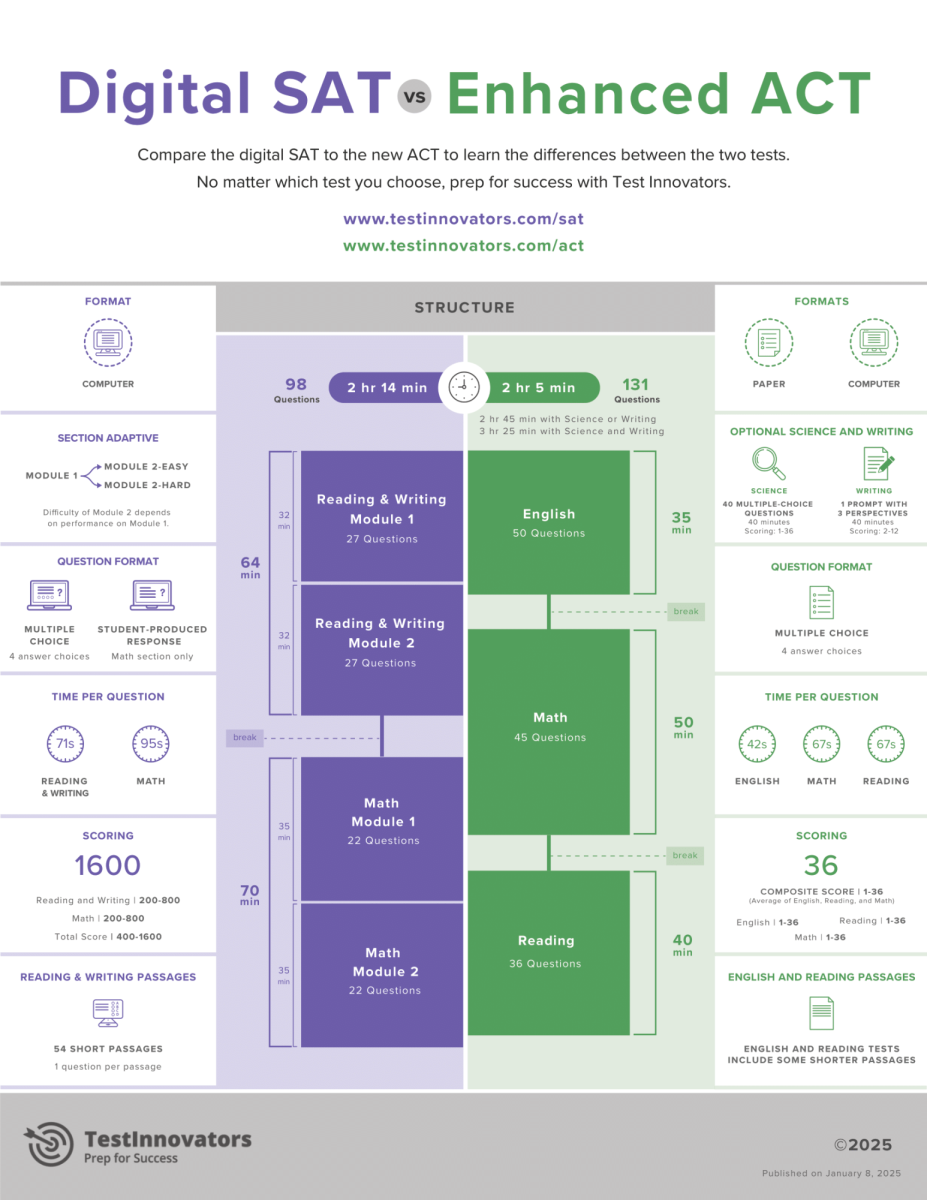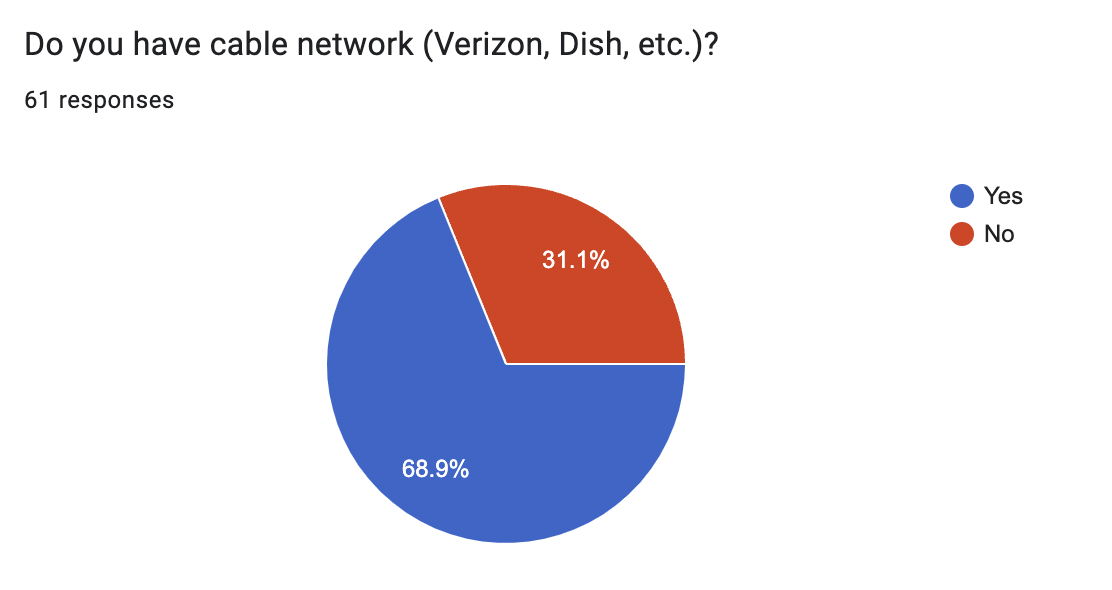Should School Be 4 Days Instead of 5?

4-Day School Day Graphic provided by TeachStarter
June 4, 2023
Most people are used to living a five day week with two days for weekends. Monday, Tuesday, Wednesday, Thursday and Friday students are at school while parents go to their jobs. Saturday and Sunday are free to do whatever one may please.
But has it occurred to anyone that a four day week may be the correct way to live? New studies are coming out that the benefits to only going to work four days in a row may be better in the long run.
Some schools in America are already implementing a four-day schedule, mainly in rural western states like Wyoming, Idaho and Colorado. LinQ.com explains that “The minimum instructional time required by each state governs school calendars. Funding formulas require schools receive less money from the state if the time requirement isn’t met.”
In many states, counties can opt for a four-day school week by offering flexible requirements, final administrative rules, or a waiver approval process. Legal guidelines often do not allow for the four-day week as an option, instead providing the flexibility to count the minimum requirement of teaching days by the hour or by the minute. Some states offer guidelines for transitioning to a four-day school week and then go through the process.
Meanwhile, other states require counties to submit their four-day plans to the state commissioner or school principal for approval. While the administrative burden associated with moving to a four-day school week varies by state, the change can have a significant impact on staff, teachers and families. These effects play an important role in debating whether this is the right decision for a district.
The discussion over four day work weeks is a relatively new phenomenon that’s been gaining popularity in America. According to many, there are numerous advantages that often outweigh the disadvantages. From saving money, to better mental health, many people are now advocating for it.
According to OnFocus.news, Stephen Sawchuk shared in a recent Education Week article that the move from a five-day school week to a four-day week with extended days has “been one of the fastest-increasing—and least-studied—phenomena shaping district operations.”
The four day week is “enormously popular” among parents and students, the research found. It “saves districts a small—but not intangible—amount of cash. And on their day out of school, students are typically working, doing errands, or spending time with family, not running wild.”
On top of that, Education Week found, “districts in the sample using the four-day schedule had longer days by about 50 minutes, but over the course of the year averaged 58 fewer hours of school.” Students who only attended school four days a week, “spent significantly more time on school sports and on chores than did those in five-day weeks. Four-day secondary students also spent more time on homework, at jobs, at school activities, and on hobbies than their counterparts,” OnFocus.News reported.
The four day work week did not affect student absenteeism rates or result in food insecurity. Elementary students reported that they got more sleep and four-day secondary students said that they felt much less tired than their counterparts who went to school for five days. When asked, parents and students “overwhelmingly said they favored the four-day model, with 69 percent of the former and 85 percent of the latter preferring it over five-day schedules.” The gist is that there are claims a four day work week brings better work-life balance.
Some in favor of the four-day week is that it attracts higher quality teachers to school. A WeAreTeachers article stated that, “Colorado’s District 27J went from a handful of applicants to receiving over 100 applications per posting (including special ed and secondary math positions) after switching to a four-day schedule.” The candidates were said to be “more qualified” and had masters degrees or special certificates. The turnover rate for teachers also dropped from 21% to 13%.
“After the Duval County School District in Jacksonville, Florida moved to the four-day schedule, they saved 0.7%,” roughly $7 million in reduction.
There are also arguments that the new change would lead to a better work life balance. A study conducted in 2018 by the Office of National Statistics in Great Britain shared that “teachers do 20% of their work (10 hours or more) before school, after school and on weekends. The extra day offers teachers and staff the room to run errands, make personal appointments, complete work-related training or planning. They can also choose to relax, travel, or connect with friends and family.”
However with positive outcomes also comes with trade-offs.
One con that was found was “Several years after adopting a four-day schedule, the researchers found, those districts saw slower rates of student progress than similarly situated districts that retained a five-day schedule.”
According to TheAdvocate.org, “Research has shown that in this configuration, students who are low-income, minority, or special needs don’t fare too well academically.” It would take about four-years for schools to get these students back on track academically. Many say sacrificing the futures of the country’s most vulnerable students is not worth the benefits of four-day school weeks.
Others worry about the rise of crime, “In Colorado, juvenile crime increased by 73% whenever a school changed their school schedules from 5 to four days. These crimes occurred all during the week, not just on the weekdays when students were out of school.”
Once The Oklahoma Department of Education examined the economic effect of a four-day week across 16 school districts, they found out that seven school districts saved money under the new configuration, but nine districts were actually spending more. Some say the idea that four-day weeks will save more money is misleading, because schools still need to run activities on off days such as practice for sports teams, admin staff work, and professional development sessions. And “since special populations fare poorly in this configuration, the costs of remediating them begin to take a bite out of the budget.”
As for educational changes, “There have been several studies that reported the four-day school week had positive effects on student’s math and reading scores. On the other hand, there have been studies that found no significant difference in overall academic achievement between four-day districts and five-day districts.”
Dropping a day from school may cause issues for families whose five day work schedules might clash with the change, which couldn’t be fixed unless their jobs were also changed as well. Inequity is a concern to take into consideration when discussing the possibility.
Rand.org states that the “four-day school week is being used to sidestep deeper underlying issues that are enduring, complicated, and difficult to fix.” There are claims that “it does not address the longer-term teacher shortages caused by factors such as high stress and relatively low pay that is not keeping up with inflation or other college-educated or advanced degree professions.”
Some say districts should consider how to get benefits that the four-day week gives without making a change to the usual five-day schedule. Such as better funding for schools and giving better pay to teachers as well as emphasizing more on mental health and reducing student stress.
Because the four day work week has not been around for long, there’s not enough evidence data to come to a conclusive opinion yet.
In my opinion, although I believe that a four-Day week may be worth trying out and testing, I think schools should aim more to address the deeper structural issues that make learning harder for students, and pay teachers more so that it’s guaranteed they get a good education. Other issues like more nutritional school lunch, food inequality, proper education of history and social issues like racism, making sure learning is easy for those with special needs or disabilities need to be prioritized as well.
Until that happens, people will not be doing everything they can to make sure the next generation is as prepared as they should be.
































